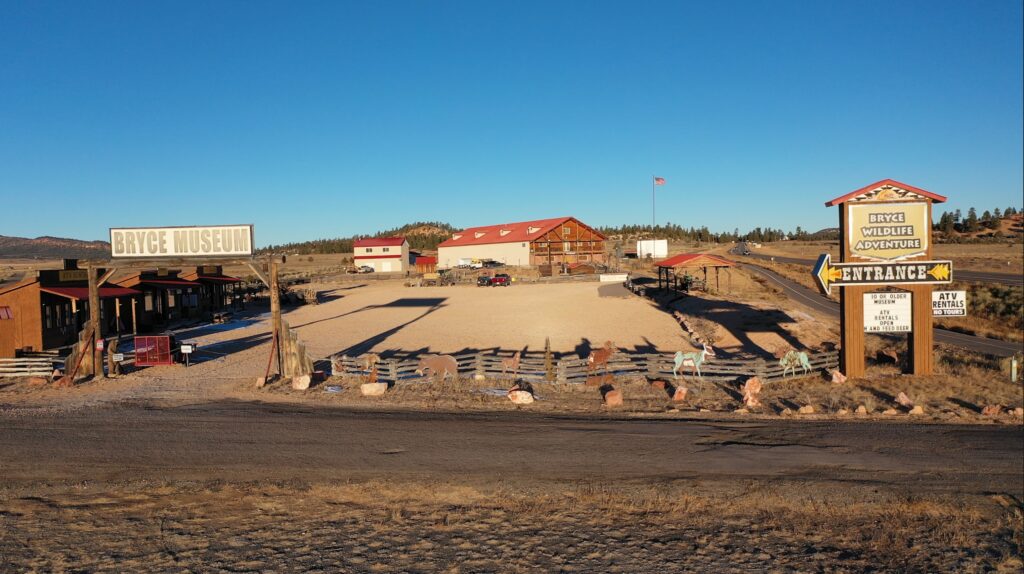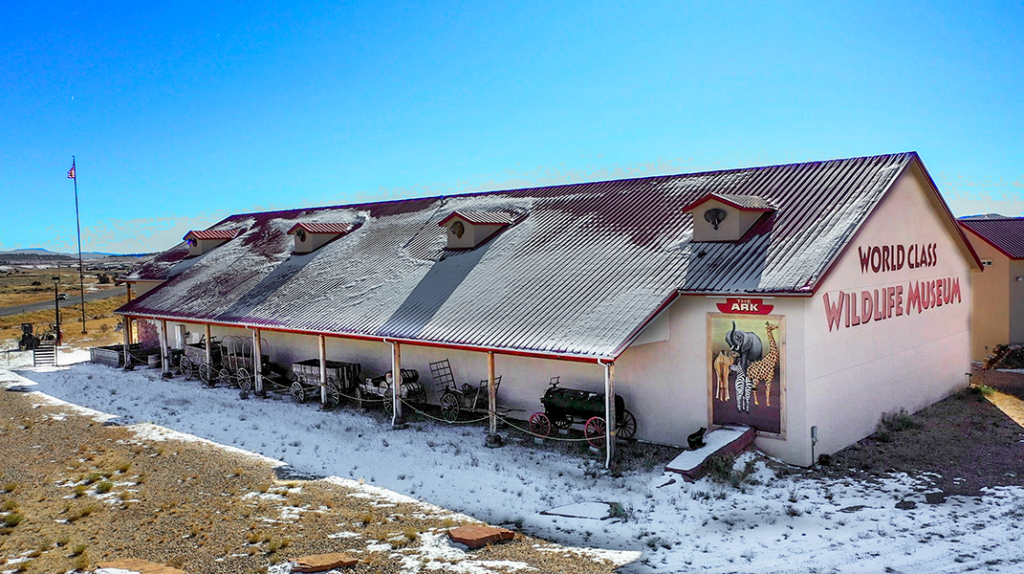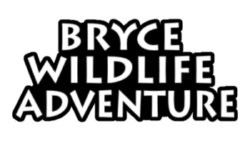Bryce Canyon Wildlife Conservation Museum
Robert and Terri Driedonks

Owners and curators of the Bryce Canyon Wildlife Conservation Museum
In the 1990s, I took the first steps toward building my dream. My first museum in Southern Utah was a modest 4,000-square-foot space. It was small, but it was a start. Over time, my collection expanded to include mammals, reptiles, and a wide array of insects and butterflies. I had the privilege of working with John Bury, one of the finest entomologists in the United States. Together, we spent four years curating a collection of 1,600 butterflies, moths, spiders, and other insects. Each specimen was meticulously labeled, offering visitors a chance to marvel at the diversity and beauty of the insect world.
As the collection grew, so did my vision. In 2000, I built a 16,000-square-foot museum near Bryce Canyon National Park. This new space allowed me to create life-sized dioramas that showcased animals in their natural habitats. Every detail was authentic, from the plants and flowers to the rocks and even animal scat. My friend Brian Wignall, a great wildlife artist known for his duck stamps and Outdoor Wildlife TV show, painted the murals for each diorama, bringing the scenes to life. These dioramas became the heart of the museum, offering visitors an immersive and educational experience.
The museum also features unique exhibits that explore the connection between wildlife and human culture. Native American and African artifacts highlight these cultures’ deep respect and understanding of the natural world. These exhibits remind us that conservation is not a modern concept but a way of life for many indigenous peoples.
Beyond the exhibits, the museum extends its mission to live wildlife experiences. On the five-acre property surrounding the museum, I raised fallow deer, buffalo, miniature donkeys, ponies, Corsican sheep, and Barbados sheep. Visitors, especially children, could hand-feed these animals, creating tangible connections to wildlife that left lasting impressions.
Over the years, I’ve had the privilege of sharing the museum with visitors worldwide. Many have compared it to the Smithsonian, a testament to the dedication and care poured into every detail. Their comments inspire me to continue refining and expanding the museum to make it even better for future generations.
Recently, I had the honor of collaborating with Ton Schless, a gifted photographer who shares my passion for conservation. Over 61 days, Ton photographed the museum’s exhibits with remarkable precision and artistry. His work has culminated in this two-volume book, which tells the museum’s story and highlights the importance of preserving our natural world.
The Bryce Canyon Wildlife Conservation Museum is more than a collection of specimens—it is my life’s work and a legacy I hope to pass on to future generations. It reminds us that conservation is not just about protecting animals; it’s about maintaining the delicate balance of life on Earth. Through this museum, I aim to inspire others to appreciate the natural world’s beauty and complexity and take action to preserve it.
Robert Driedonks
Spring 2025


